
This review contains minor spoilers.
We’re reaching the business end of “The War of Jokes and Riddles.” However, when you think you know the direction in which Tom King is going, he pirouettes and does something completely different. Batman #27 isn’t only a continuation of the regular arc, but it also serves as an origin story for Kite Man. Yes, you read that right: Kite Man.
As the war gets out of hand, Batman intimidates Charles “Chuck” Brown, who worked on the Jokermobile, into getting a number for the Joker. Chuck goes to Floyd Lawton, AKA Deadshot, and gets the details for the Dark Knight. When the number proves to be untraceable, however, the Bat tells him to arrange a meeting with the Clown Prince of Crime instead, which he does. In the interim, the Riddler kidnaps and threatens Chuck into telling him when the meeting is taking place.
When the meeting happens, it’s an all-out brawl between Joker and Riddler’s men and Batman, but the big cheeses get away. We discover that Chuck told the Caped Crusader about everything, and the Bat promised him that his son would be safe. Back at home, Chuck receives a call from the Riddler, with a nefarious riddle. Nigma knew that Chuck would double-cross him before he even approached him and poisoned the string of his son’s kite. Chuck lashes out at Batman, as his son dies soon afterwards. This tragedy leads him to becoming Kite Man, and approaching the Joker to join his side of the war.
I’ve never cared for Kite Man until this issue. King has given the character an emotional reference point and an origin that makes sense. He might not be the most menacing of villains, but we finally understand why he’s doing what he does. Additionally, King reveals the reasoning behind the character saying “Kite Man, hell yeah!” throughout his Rebirth appearances. While you might think it’s a tongue-in-cheek tribute to Duffman from The Simpsons, the reason is tragic. In fact, it might just be one of Batman’s biggest failures as a hero.
Despite the serious nature of the book, King still has his fun with it and throws in some humor. Since Kite Man’s real name is Charles Brown and his son is called Charlie Brown, there are a few Peanuts references to the old blockhead here. My favorite is the Joker’s “good grief” quip during a fight, which adds some levity to the chaos in the background.
Clay Mann handles penciling duties here, and it must be said it’s a step down from Mikel Janín’s art in this storyline. Mann is no slouch and keeps the style from the previous issues alive, but Janín simply brought the house down so far and is inimitable. In the same breath, June Chung’s coloring is also sorely missed. Gabe Eltaeb tries to mimic Chung’s approach here, but never quite leaves the same mark.
Overall, Batman #27 is another great entry in the intriguing “The War of Jokes and Riddles.” It isn’t the strongest issue of the arc, but its events will severely impact the rest of the narrative and the characters. Also, who knew that Kite Man could be such an important character?!









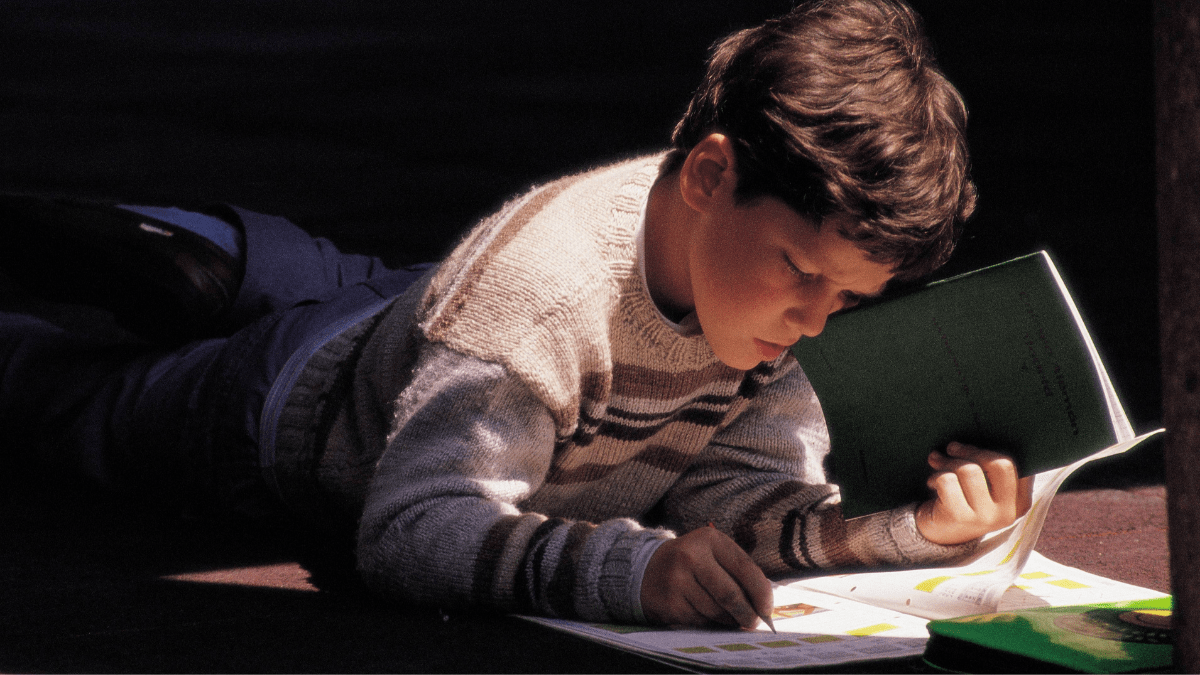
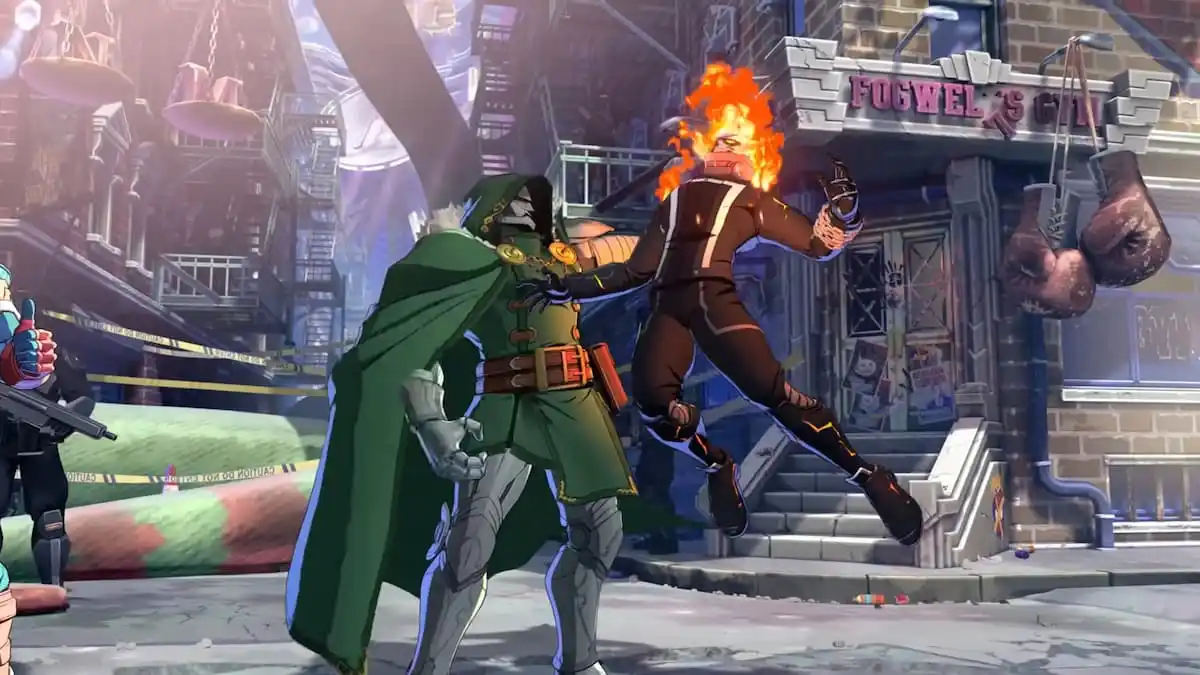
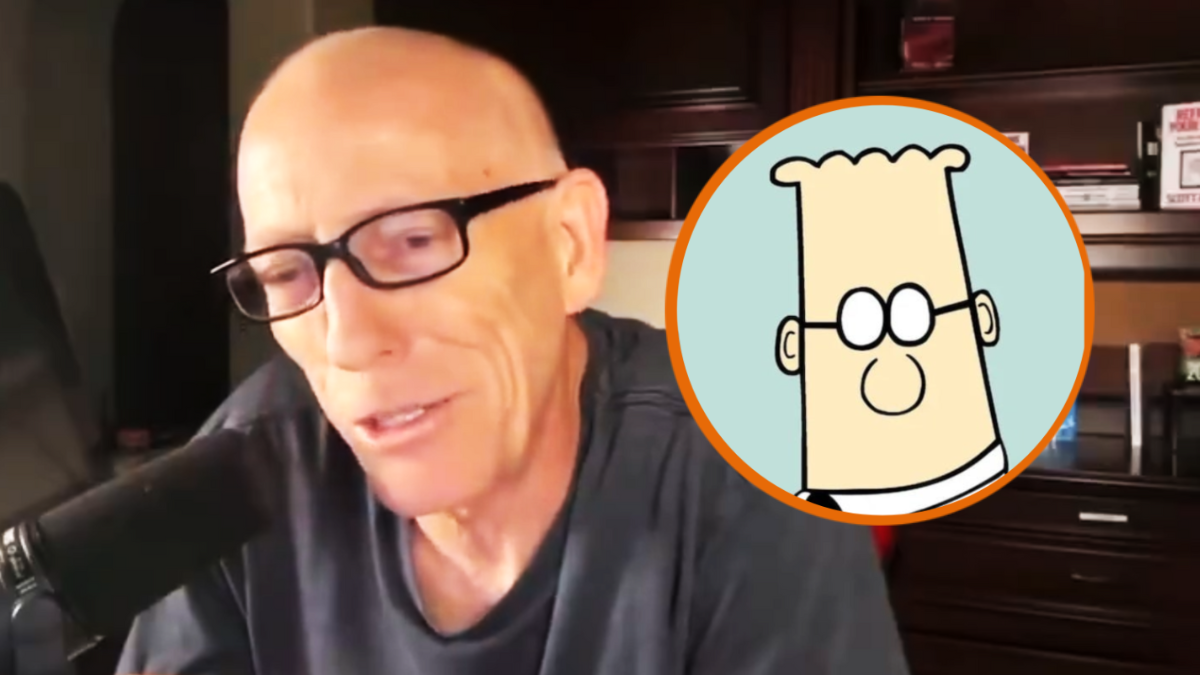

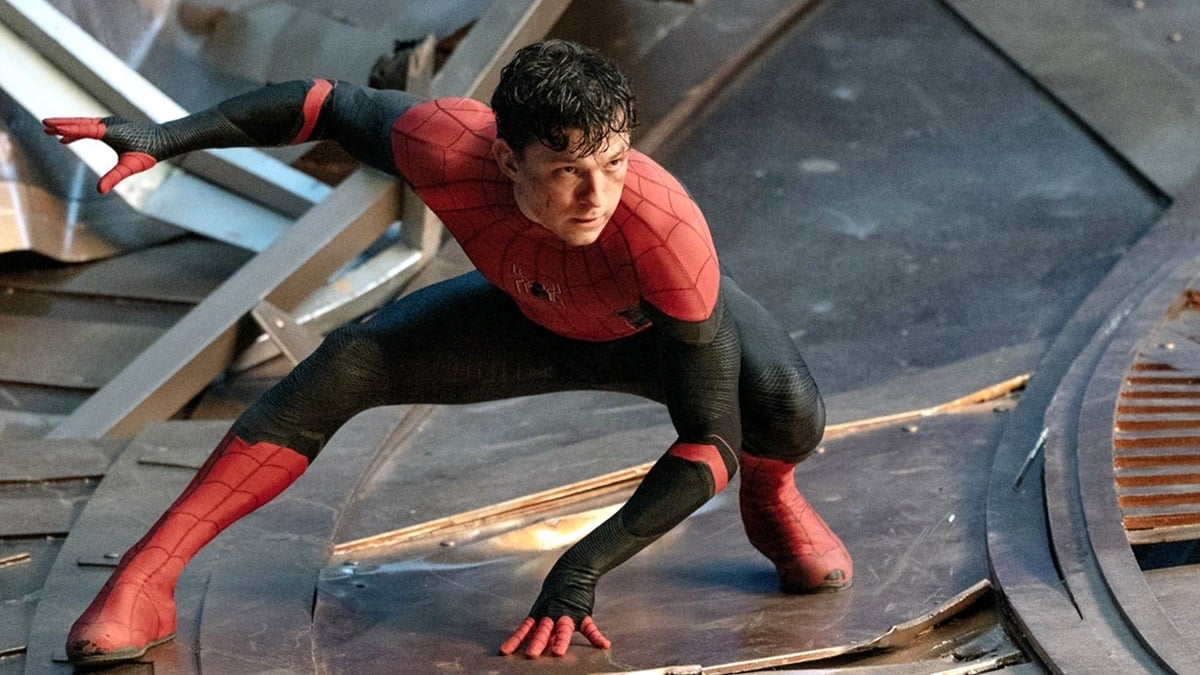
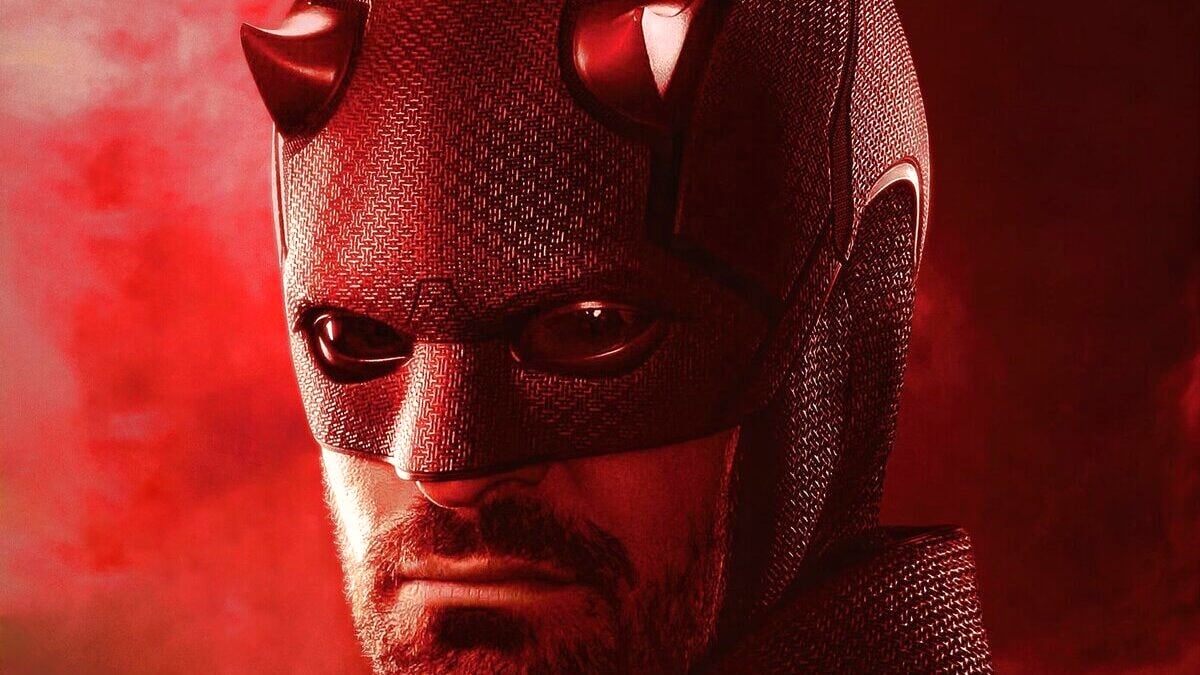
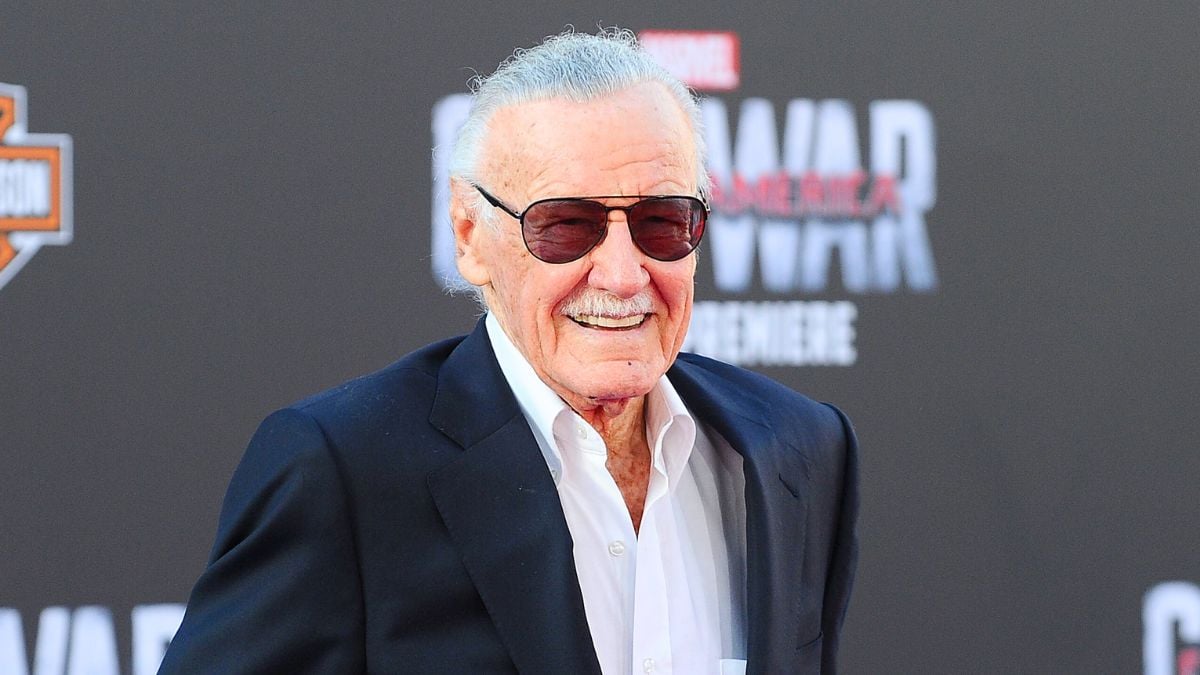
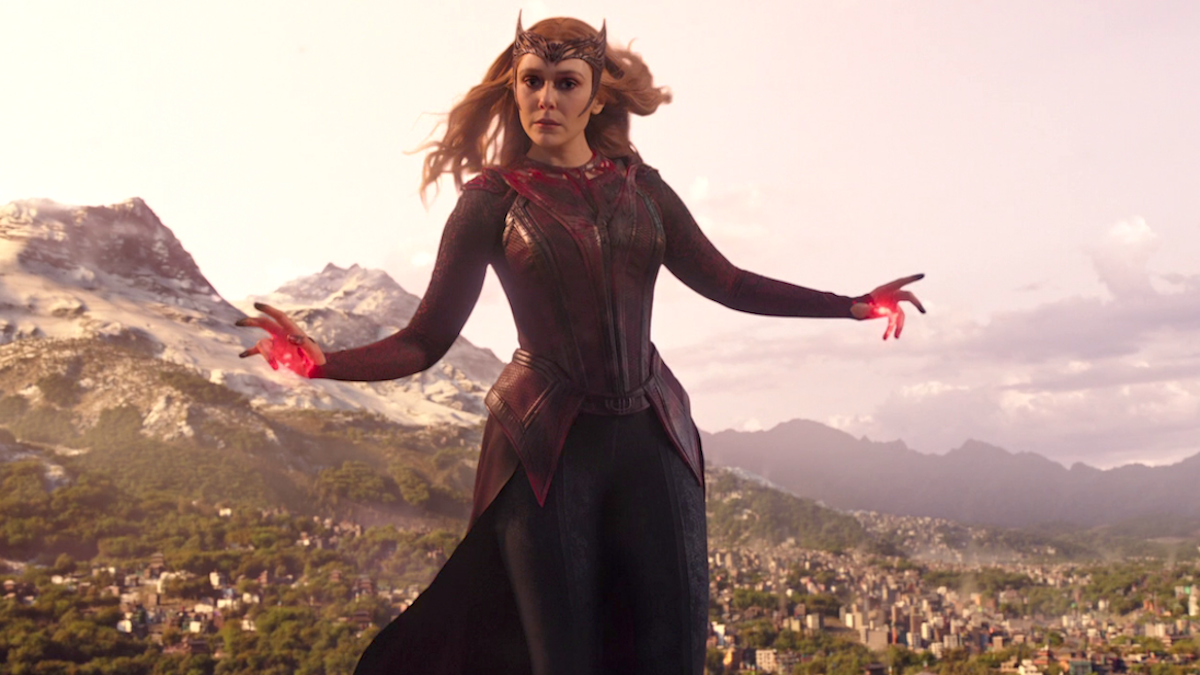
Published: Jul 19, 2017 09:40 am